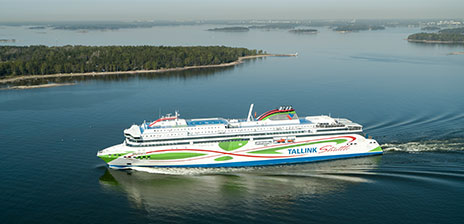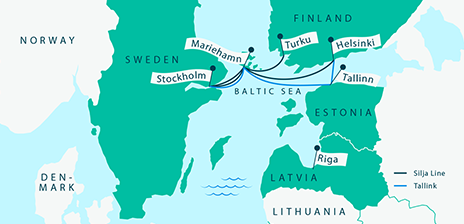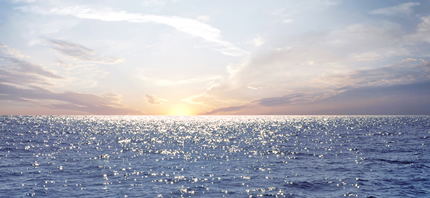GREY WATERS IN MARITIME TRAFFIC
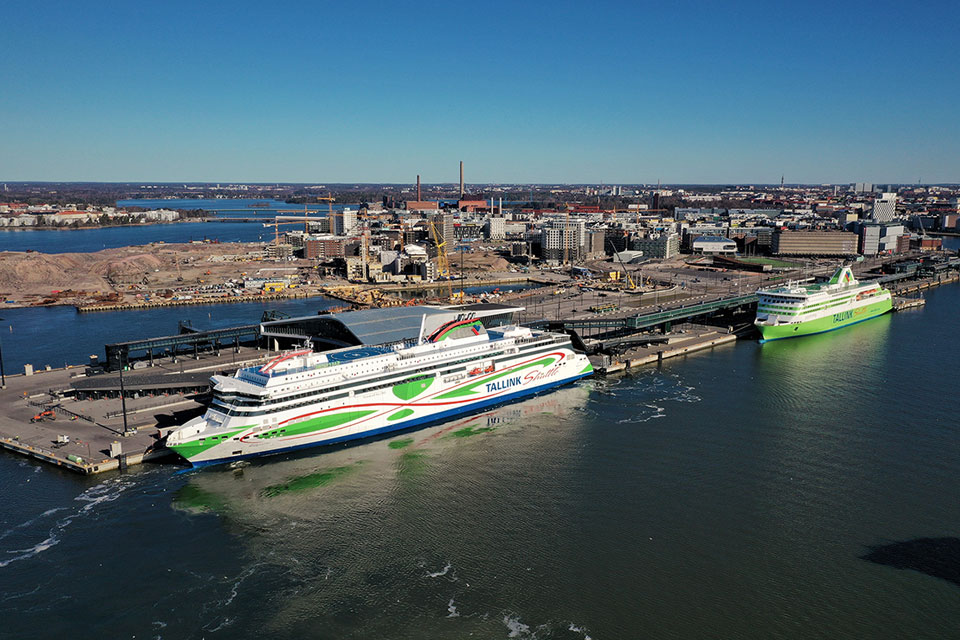
Tallink participates in the BSAG project to reduce nutrient emissions from maritime traffic
Tallink participates in the project headed by the Baltic Sea Action Group (BSAG) to reduce nutrient emissions from maritime traffic. Tallink participates in the study by providing wastewater samples from passenger ferries, which are tested for their nutrient and bacteria content.
Article published 14.1.2021.
The project involves shuttle vessels Megastar and Star
Starting from early January 2021, wastewater samples have been taken from the grey water of Megastar and Star operating on the Tallinn-Helsinki route, and taken to MetropoliLab Oy for lab testing. Over the next few weeks, numerous grey water samples are collected from both vessels to obtain a comprehensive sample of wastewater.
Wastewaters from Tallink or Silja Line vessels are never unloaded into the sea
For years, Tallink Grupp has been following strict zero tolerance policy on unloading wastewater into the sea – that means that no amount of waste and grey water is unloaded into the sea.
The black water (toilet waste) and grey water (domestic and washing-up water) are collected on Tallink and Silja Line vessels and during port stays are unloaded directly into municipal sewer system from where they go on to wastewater treatment plants for treatment.
About the project Grey waters in maritime traffic
Currently, all vessels are legally permitted to unload their grey waters, treated black waters and food waste directly into the Baltic Sea. Responsible shipping companies offering regular maritime traffic services in the region, have long been exemplary in their operations and leave their wastewater and food waste in ports. Unfortunately, the bulk of other vessels moving through the Baltic Sea still unload their food waste and wastewaters directly into the sea.
Wastewaters and food waste are a source of excess nutrients, bacteria and microplastics in the sea. Nutrient emissions further contribute into eutrophication, which is the paramount environmental issue of the Baltic Sea. Due to climate change, eutrophication is worsened, the most visible consequence of which is blue-green algae which plagues the sea water every summer.
”Even though the regulations have toughened considerably in the recent years, for the conditions of the Baltic Sea to improve, we need all actors to be on board. The most effective way to reduce the excess nutrient load of wastewater and food waste ending up in the Baltic Sea is good cooperation of all actors – shipping companies, authorities and researchers in the field,” says BSAG’s representative, Elisa Mikkolainen.
The project includes a study of the bacteria and nutrient content of the vessels’ grey and black waters. The study includes various shipping companies operating in the Baltic Sea, both passenger and cargo vessels.
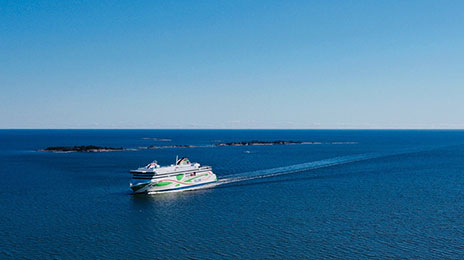
”We are glad that Tallink Grupp was eager to participate in the study. Thanks to openness and positive attitude of the shipping companies and vessels, we can gather wastewater samples and thus are able to gain a better understanding of the concentrations of effluents present in different types of ships. This, in turn, helps to assess the nutrient load of the Baltic Sea in terms of maritime traffic,” adds Elisa Mikkolainen.
The project promoting responsible maritime traffic led by the BSAG, entitled “Responsible Management of Grey Water and Food Waste in the Baltic Sea” is a two-year project and receives funding from the European Maritime and Fisheries Fund's Finnish Operational Program 2014–2020.
Find out more about the project:




